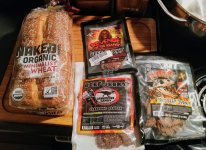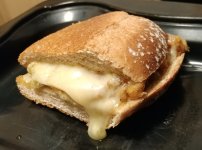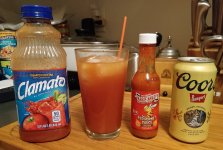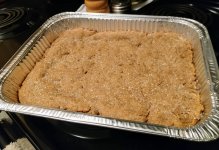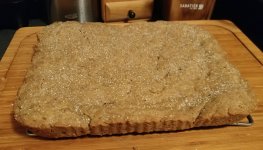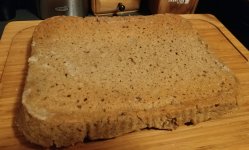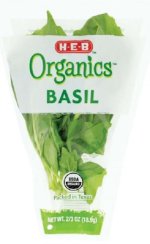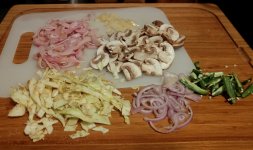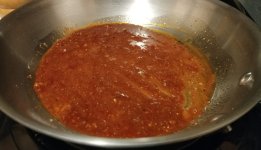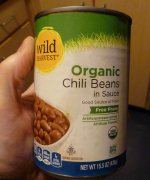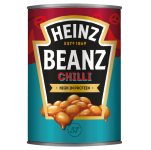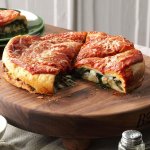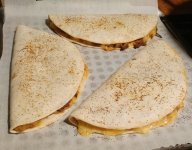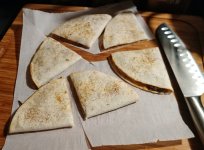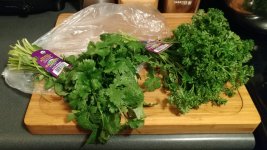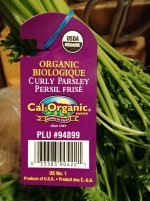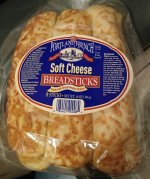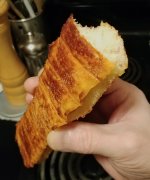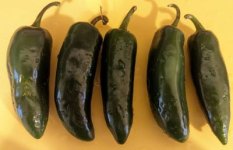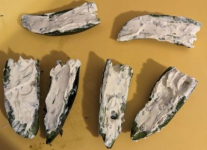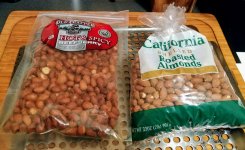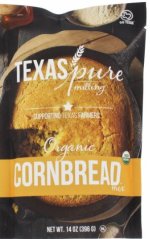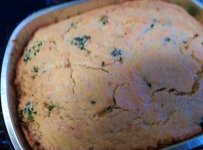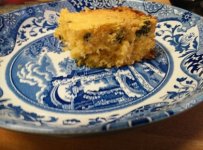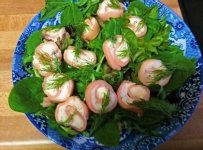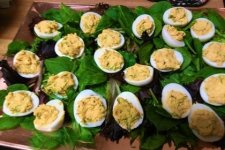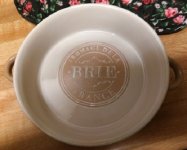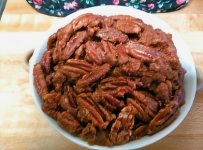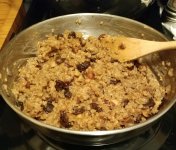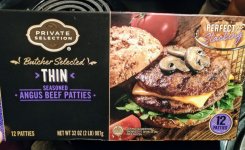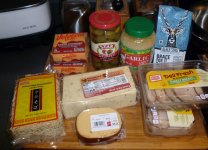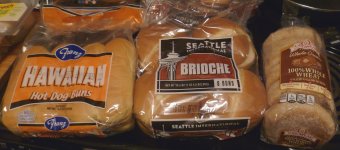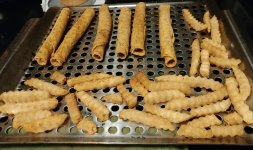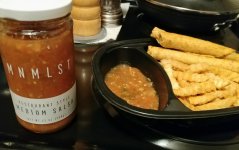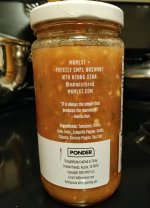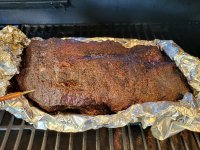Well, I believe "Plant-based Sachets" is GenZ for plant-based teabags.Interesting. I'm not clear if "plant based" there refers to the tea bag material or to the foodstuff. That's a generous size tea bag for the spoonful of tea though. I'm convinced that makes it brew better because the tea can really give its good to the brewing water.
*edit*
Found it: https://www.smithtea.com/pages/faq
What are the sachets made from?
Our sachets are created from a plant-based material called Soilon. More specifically, they are made using a Polylactic Acid (PLA) derived from plant materials that is 100% commercially compostable and certified safe by the FDA. Additionally, our sachets are sealed with sound wave technology, meaning there is no glue or staples present anywhere in our process. We have tested our sachet material through a 3rd party to ensure its safety, and most importantly, we assure you that our sachet is not comprised of PET plastic or nylon.
Is sachet material biodegradable?
Yes, our sachet material is biodegradable. The sachets are made from the starch of plant-based material, primarily corn. The string, tag and sachets are all biodegradable in active compost with the proper amount of heat and moisture over a one-year period. Sachets will fully biodegrade in 90 days when in perfect compost conditions - 125 degrees F and 85% moisture. The speed with which it decomposes depends on the level of microbes in the active compost. Of course few of us have "perfect" compost conditions. In the natural condition it takes about three years for the sachets to fully decompose. In the case of very cold climates the sachets will not decompose.
Are GMOs in sachet material?
There are no GMOs present in the final product. Some genetically modified plant material (corn starch) may be used during the processing of the sachet material, but the act of processing of the material removes them.
Is glue used to attach the string to the tag or sachet?
No. The sachet, tag, and string are attached using an ultrasonic process.
What is the overwrap or envelope for the sachet?
The envelope material we use is similar to that used by Clif Bar and other energy bars and is a foil laminated film. Technically, it’s a “polymer,” a broad term that encompasses many kinds of natural and synthetic plastics.
This overwrap is important to keep the product from deterioration or cross contamination from moisture and aroma contaminated with other fresh for service items in restaurants, and to make the sachet portable so you can have the freshest tea possible at home or in the office.
We are searching for a material that has similar barrier properties and is biodegradable and will make the switch to that material as it becomes available.
Last edited:

